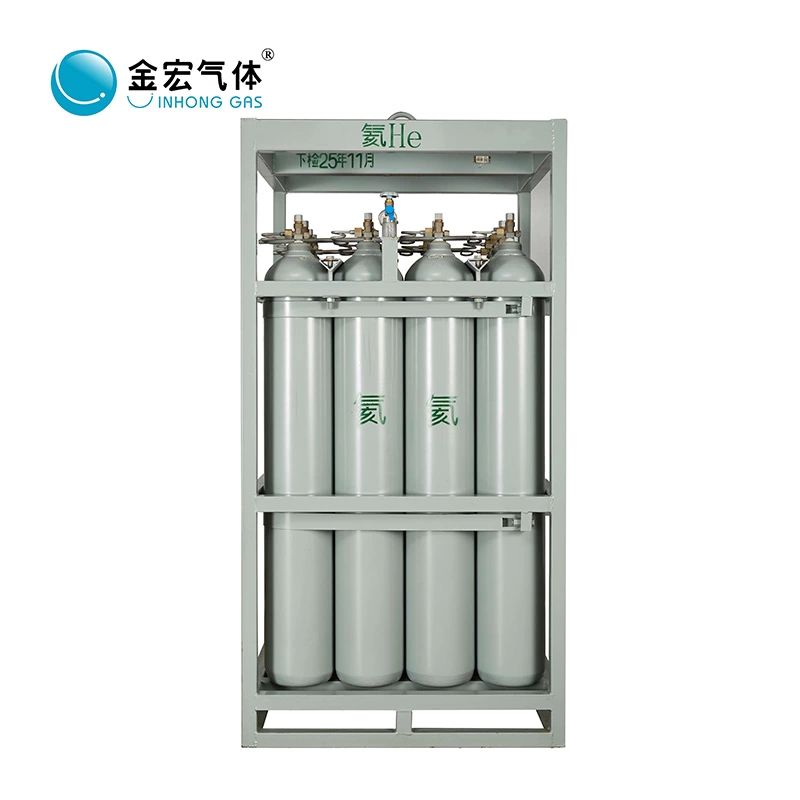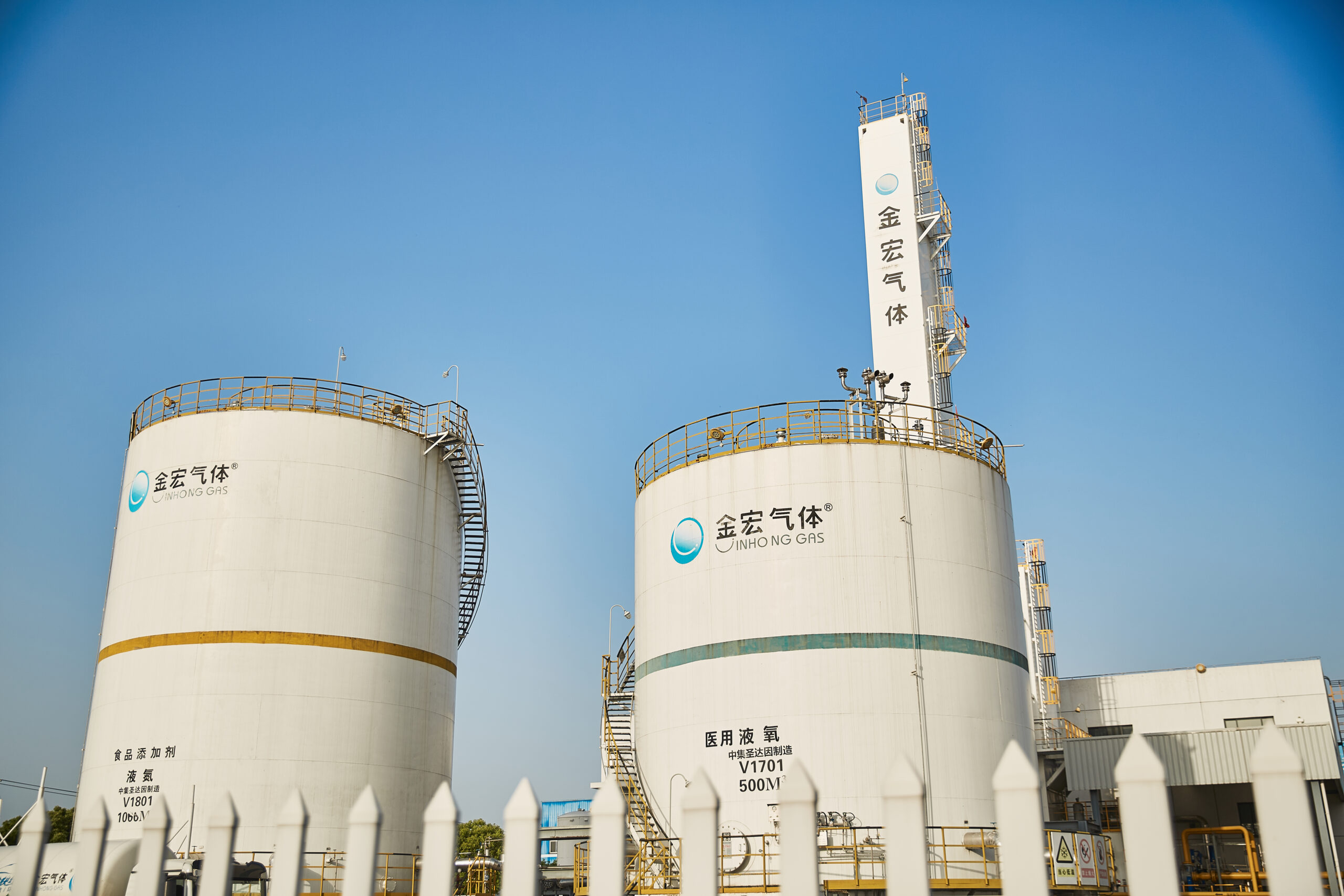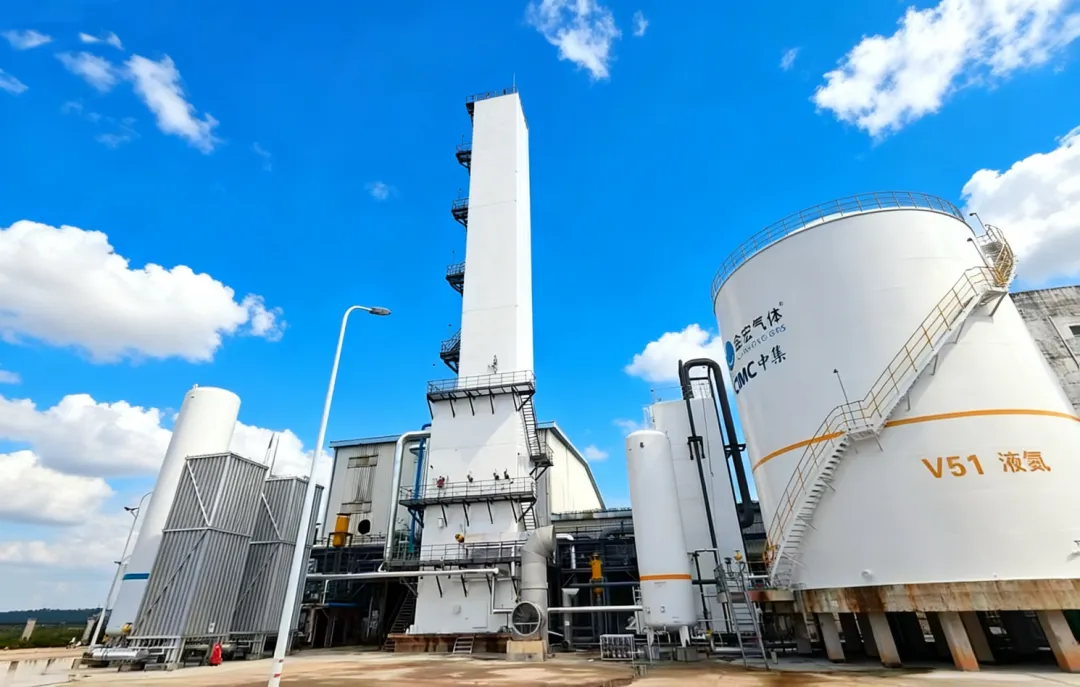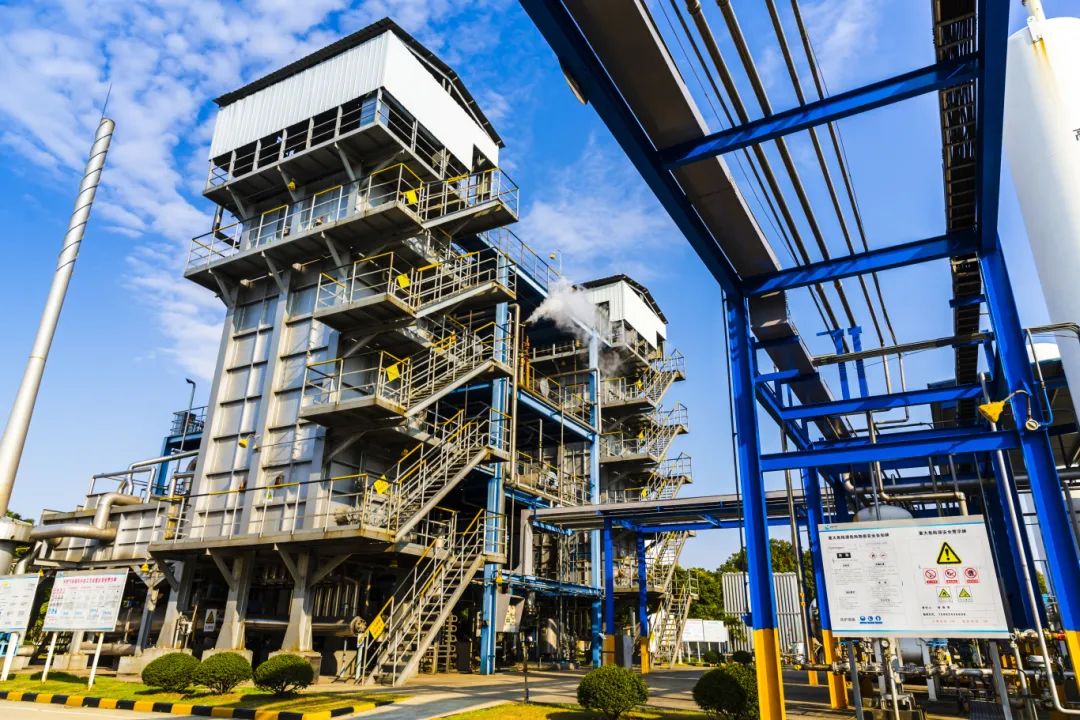What is helium?
Helium is a colorless, tasteless, and odorless gas at room temperature and pressure. It is the only substance that cannot solidify under standard atmospheric pressure. It has an extremely low density (about 1/7 of air) and is the lightest gas after hydrogen. It has an extremely low boiling point (-268.93℃) and is the element with the lowest known boiling point. Liquid helium is often used in ultra-low temperature environments. It is insoluble in water and most liquids and has extremely inactive chemical properties.

Helium is a rare gas (inert gas). The number of electrons in the outermost layer of the atom is 2, which achieves a stable structure. It almost does not participate in chemical reactions and is not easy to form compounds with other elements. It has extremely high ionization energy and requires extremely strong conditions to ionize it.
https://en.wikipedia.org/wiki/Helium
Main application areas of helium
Aerospace and scientific research: aerospace and scientific research, low-temperature superconductivity research, balloon and airship buoyancy source.
Medical field: MRI, respiratory therapy.
Industrial and manufacturing: welding shielding gas, leak detection and instrument calibration, semiconductor and electronic manufacturing.
Diving and deep-sea operations: diving gas preparation.
Other key areas: extremely low temperature physics research, laser technology, food and electronic packaging
Helium has become a strategic resource in aerospace, medical, high-end manufacturing and other fields due to its irreplaceable properties such as low density, ultra-low temperature characteristics, and chemical inertness. Due to the limited and non-renewable global reserves, its rational use and recycling are becoming increasingly important.
https://www.sohu.com/a/498349012_114911
What is the market demand for helium?
- Main supply of helium
Main producers: The United States, Qatar, Algeria, Russia, and Australia are the world’s major helium producers.
The United States: Long-term dominant supply (accounting for about 40% of the world), relying on federal helium reserves (but reserves are gradually decreasing).
Qatar: The second largest producer (accounting for more than 30%), relying on helium associated with natural gas fields.
Russia: The Amur Gas Processing Plant (Gazprom) in East Siberia was put into operation in 2021 and is planned to become an important global supply source, but exports are restricted due to geopolitical factors.
Australia: The Darwin liquefied helium project (BOC and East Energy Cooperation) put into operation in 2020 has increased supply capacity.
Tanzania, Canada and other countries are developing helium fields, which may change the supply pattern in the future.
- Helium demand
Helium is a non-renewable strategic gas, and its demand structure varies significantly between China and abroad.
Demand scale comparison
| Indicator | Global market | Chinese market |
| Annual consumption | About 60,000-70,000 tons (2023) | About 4,000-4,500 tons (2023) |
| Global share | – | About 6%-7% (the world’s second largest consumer country) |
| Per capita consumption | High (dominated by Europe and the United States) | Low, but growing rapidly |
China’s helium consumption is only about 1/5 of that of the United States, but the growth rate is significant (annual growth of 8%-10%, higher than the global 3%-5%).
Global demand is dominated by the United States, Europe, Japan and South Korea, and China is an emerging growth pole.
Demand has surged in the semiconductor, optical fiber, aerospace (such as SpaceX rocket cooling) and other fields, especially in the Asian market (China, South Korea, Japan). Demand in the medical field (MRI) is stable, accounting for more than 20% of global consumption.
Scarce resources: Helium is non-renewable and its extraction depends on natural gas fields (associated resources).
Fragile supply chain: Only a few factories in the world have the ability to liquefy high-purity helium, and transportation depends on special containers.
- Domestic market status
China is short of helium resources, with reserves accounting for only 2.1% of the world’s total, and mainly helium-poor resources, with a helium content of 0.01%-0.10%, and relatively poor resource grade.
China’s helium consumption ranks second in the world (second only to the United States), but its self-sufficiency rate is less than 5%, and more than 90% relies on imports (mainly from Qatar, the United States, and Australia).
Demand: Helium is widely used in my country, and consumption is gradually increasing. Among them, nuclear magnetic resonance is the largest consumer area, followed by gas lift and semiconductors. With the development of high-tech industries, it will reach about 37 million cubic meters in 2030. For a long time, my country’s self-produced helium supply has been far from meeting demand, and a large amount of imports are required. However, in recent years, my country has accelerated the exploration and development of helium resources, technological breakthroughs, and engineering construction, and its production capacity has expanded significantly, reaching 11.153 million cubic meters in 2024, a year-on-year increase of 68.53%.
As one of the world’s major helium consumers, China’s import volume has remained above 20 million cubic meters. In the early days, it was mainly imported from the United States, but later turned to imports from Qatar due to US export restrictions.
Semiconductor and panel manufacturing (accounting for more than 40%), medical (25%), scientific research and aerospace (20%) are the main demand sides. New energy (such as nuclear fusion experimental devices) may become a new growth point in the future. China has listed helium as a strategic resource and promoted the “localization of helium” in the “14th Five-Year Plan”.
- Current situation of the international market
The distribution of helium resources in the world is extremely unbalanced, mainly concentrated in a few countries such as the United States, Qatar, Algeria and Russia.
Demand: In recent years, the annual demand for helium in the world is about 200 million cubic meters, of which the Asia-Pacific region accounts for 47%, North America accounts for 24%, Europe accounts for 20%, and other regions account for 9%. With the construction and commissioning of large-scale projects in Qatar and Russia, the world’s helium supply pattern will enter a new stage of “the United States, Qatar, and Russia” dividing the world. From 2021 to 2023, Russia’s Amur Phase 1 and other factories will be put into production one after another. From 2024 to 2030, Russia’s Amur Phase 2 and other factories are planned to be put into production one after another, and the world’s helium production capacity is expected to increase by 150 million cubic meters.
Price supply
- International market:
Direct supply from producers such as the United States and Qatar, and long-term agreement prices for local companies (such as Air Products and Linde) are relatively low. Russia’s low-priced helium (about US$250/cubic meter) is difficult to enter the international market due to sanctions, which has lowered the global average price.
- Chinese market:
95% relies on imports, and Qatar’s CIF+ tariff has reached US$400/cubic meter (about RMB 2,880).
There are many intermediate links: importer → distributor → terminal, and each layer adds 10%-20%.
- Price influencing factors
| Factors | Global market impact | Chinese market impact |
| Supply and demand relationship | Structural shortages exist for a long time | Import dependence amplifies fluctuations |
| Geopolitics | Risk of supply interruption in Qatar and Russia | Sino-US trade friction exacerbates imported inflation |
| Infrastructure | Liquefaction plants are concentrated (US, Qatar, Australia) | Insufficient liquefaction/storage and transportation capacity |
| Alternative technology | High-temperature superconducting materials are under development | Recycling technology application lags behind |
Helium purchasing channels
You can buy helium through different channels, including offline purchasing channels (industrial gas suppliers, specialty gas distributors, party supplies stores/balloon wholesale markets), online purchasing channels (B2C e-commerce platforms, B2B platforms, laboratory consumables platforms), rental/inflating services (balloon companies provide helium inflation services (suitable for short-term activities), gas companies provide cylinder rentals (long-term use is more economical)).
- Market price reference
| Type | Specifications | Price range (RMB) | Applicable scenarios |
| Balloon helium | 8L small can | 100-300 yuan | Small party |
| Industrial helium | 40L cylinder | 2000-5000 yuan | Welding, testing |
| High-purity helium | 99.999% | 5000+ yuan/bottle | Scientific research, medical |
Market prices fluctuate, everything is based on inquiry.
- Purchase suggestions
Individual/small events: give priority to balloon shops or e-commerce platforms
Research/medical institutions: choose high-purity helium suppliers (such as specialty gas companies) to ensure compliance with industry standards (such as ISO certification)
International procurement (suitable for annual usage > 10 tons): low price (about international average price + 15% freight). Long-term agreements are recommended, and spot replenishment is recommended.
Domestic procurement (suitable for small and medium-sized users): central enterprise channels, commercial distribution.
Specific types:
| Application fields | Recommended purity | Purchase form | Special requirements |
| Semiconductor manufacturing | 99.9999% ultra-high purity helium | Liquid helium (bulk purchase) | Particle-free, low moisture content |
| Medical (MRI) | 99.999% | Liquid helium (regular delivery) | Need to match the recovery system |
| Scientific research experiment | 99.99%-99.999% | High-pressure gas cylinder (small batch) | Need to provide analysis certificate |
| Balloon inflation | 99.9% industrial grade | Gas cylinder/Dewar tank | Cost priority |
Choose an excellent Gas supplier
There are various channels for purchasing helium, and you need to choose the best solution according to the purpose.
As an excellent supplier, we can provide you with ultra-high purity helium (99.9999%), zero impurities, to ensure that the chip yield rate is increased by 1.5%. Medical liquid helium, direct supply from Qatar, purity 99.999% + recovery system. Industrial-grade helium is shipped directly from stock, good quality and low price. Domestic helium (Ningxia), get rid of import dependence, and the supply chain is safe and controllable.
We can provide you with helium purity test report and SGS certified 99.9999% test certificate. We can also provide free samples, try first, then cooperate. If you have any needs, please contact us for quotation and more information, looking forward to a comfortable and win-win cooperation with you.
FAQ
- How is helium produced? Is it a renewable resource?
Helium is mainly extracted from helium-containing natural gas (such as natural gas fields in the United States and Qatar), and a small amount comes from air separation or radioactive ores (such as uranium ore decay to produce helium). And it is non-renewable.
- Can hydrogen replace helium?
There are limitations. The density of hydrogen is close to that of helium, but it is flammable and explosive (explosion limit 4%-75%), and its safety is poor. It is only suitable for scenes without contact with open flames (such as weather balloons have been gradually replaced by helium). In addition, the ultra-low temperature characteristics of liquid helium (-269℃) cannot be replaced by hydrogen (liquid hydrogen boiling point – 253℃), and scenes such as superconducting magnets must rely on helium.
- How is helium stored and transported?
Storage: liquid helium (-269°C ultra-low temperature Dewar tank (used for MRI, scientific research).), high-pressure gaseous helium (steel cylinder (20-30MPa, used in industry)).
Transportation: liquid helium tank truck, ISO container (international shipping).
- How to reduce the cost of helium use?
A recovery system can be installed, and the MRI helium recovery rate can reach 90%. Or sign a long-term agreement to lock in prices and avoid spot fluctuations. Finally, alternative technologies are also possible. Refrigerator can be used to replace liquid helium in some scenarios.
- How to identify the quality of helium?
You can ask us for a test report, and we can provide SGS or third-party purity certification. Or you can also test on site: use a mass spectrometer or gas chromatograph for verification.



